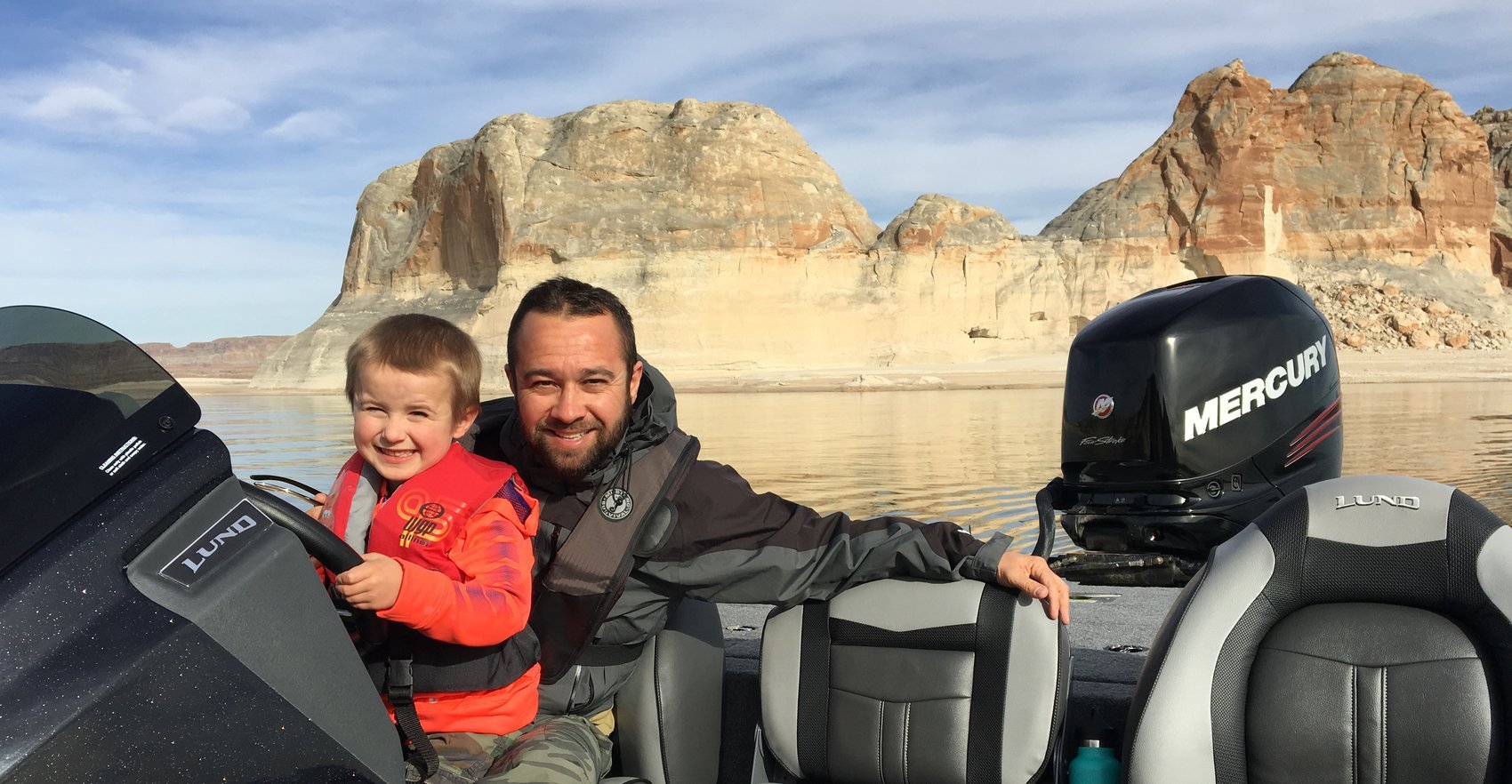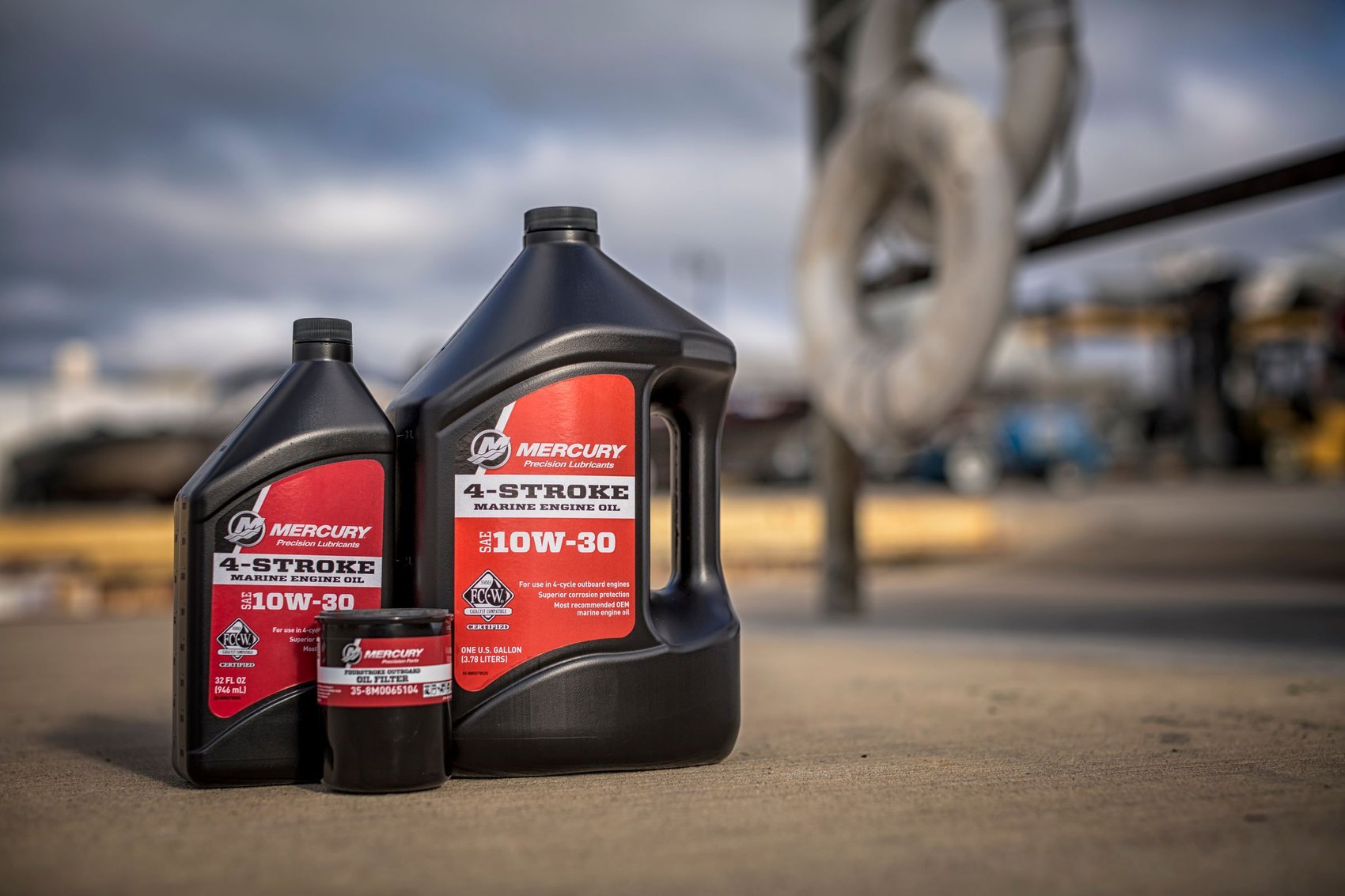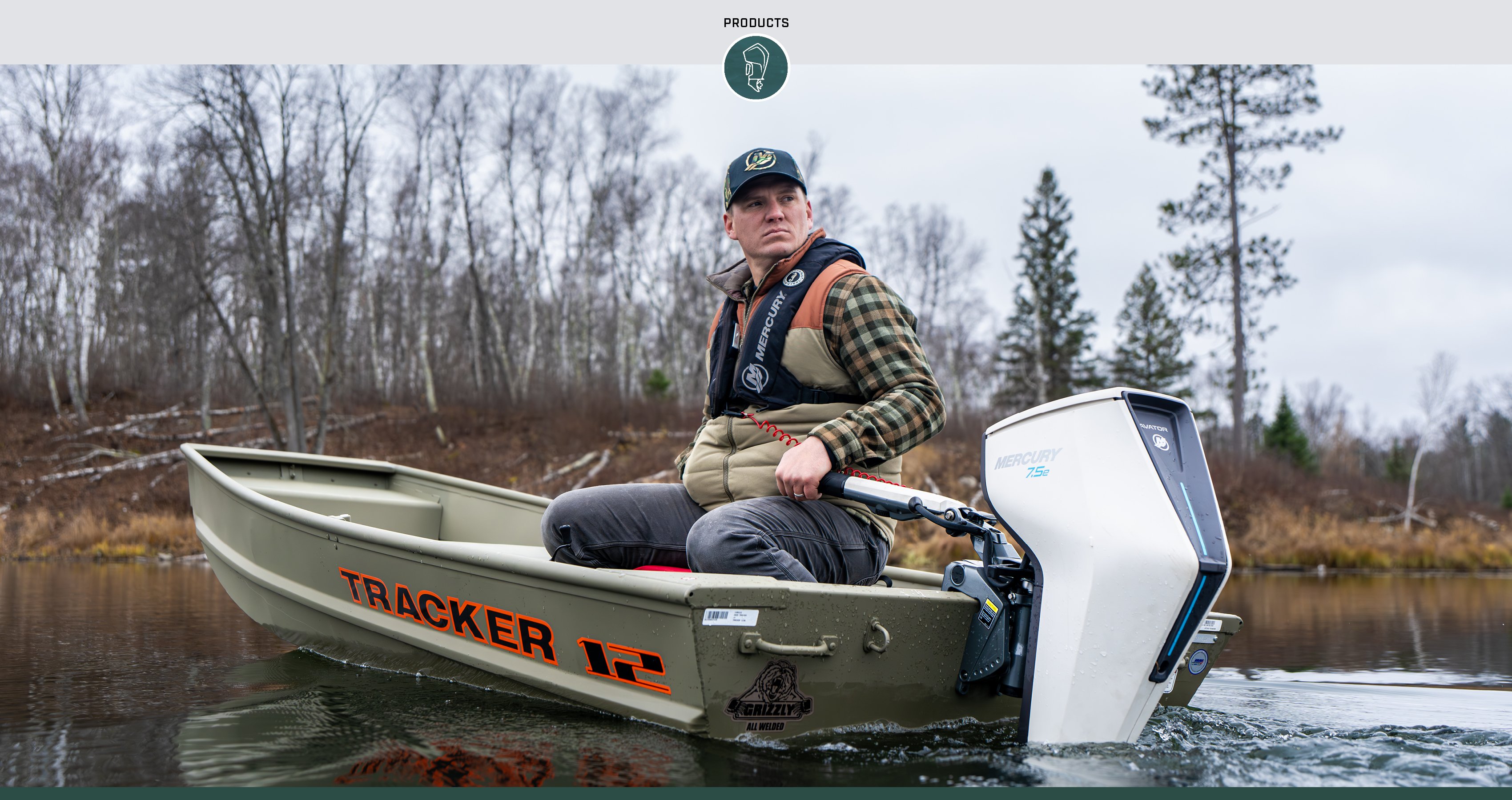Before you get on the water, you must get to the water.
Unless you store your boat at the marina, you’ll need a suitable tow vehicle. Just don’t overlook the hitch. Many people – especially those who have never towed before – assume that a hitch is a hitch and that as long as your vehicle has one, you’re ready to hook up and hit the road. The fact is, hitches can vary widely in terms of weight capacity and application, and all are most certainly not created equal.
To properly and safely tow a boat, you need to ensure that your tow vehicle – be it a truck, SUV or van – is equipped with a suitable receiver-type hitch that is rated to handle both the tongue weight (TW) and gross trailer weight (GTW) of your fully-loaded boat-and-trailer combo. Every hitch is designated with a class rating, from Class I to Class V, and your hitch’s classification, as well as the combined weight of your fully-loaded boat and trailer, are very important things to know.
Hitch Classifications
A Class I hitch is rated for up to 2,000 pounds GTW and 200 pounds TW, so it’s suitable for smaller boats. A Class II hitch has a higher capacity at 3,500 pounds GTW and 300 pounds TW, which is big enough for a small aluminum or inflatable boat. For reference, a trailer loaded with an 18-foot outboard-powered runabout will tip the scale at about 3,000 pounds before you’ve put an ounce of gear or drop of fuel in it. Minivans and smaller SUVs often come equipped with a Class I or Class II hitch.
A Class III hitch is one of the most common hitches, and with its 6,000-pound GTW and 600-pound TW capacity, it’s capable of safely handling the vast majority of trailerable boats on the market. This hitch is best suited for a full-size truck or SUV, and it bolts directly to the frame for a robust and secure connection. The receiver of a Class III hitch typically accepts a 2-inch square insert – also called a drawbar or ball mount – which supports the tow ball and connects the trailer to the hitch.
Class IV and V hitches are also available, but they’re only necessary for very large and heavy boats. Class III, IV and V hitches can also be fitted with weight-distribution systems that can significantly increase the working capacity of the hitch and offer better stability on the road. Weight-distribution systems typically require a special drawbar and adding auxiliary connection points to the trailer. If your boat is heavy enough to require a Class IV or V hitch and/or a weight-distribution system, you’ll likely need a heavy-duty truck to pull it, so be extra mindful of your vehicle’s tow rating.
When buying a hitch, you’ll also need to buy a drawbar and tow ball that carry the same rating as your hitch. If either component is rated for less weight than the hitch, you’ve put a weak link in the chain and therefore reduced your towing capacity to the rating of the lowest-rated component.
A word of caution: The bumper of your tow vehicle might have a hole where a tow ball could be installed. Ignore it. An actual receiver hitch is the only suitable way to tow.
Tow Balls
Tow balls come in three sizes: 1 7/8, 2 and 2 5/16 inches. Make certain you get the right size ball for your trailer. The size of the ball will be stamped on its top, and the size required by the trailer should be indicated somewhere on the tongue of the trailer or specified in the owner’s manual. Beware: It’s easy to hook up a 1 7/8-inch ball to a 2-inch trailer coupler without noticing the mismatch, which can create a very unsafe situation, so pay close attention. The same can be said for a 2-inch ball and 2 5/16-inch coupler.
The shank of the ball – the threaded part that goes through the drawbar – should be the same size as the hole in the drawbar. If you were to put a 1-inch-shank ball in a drawbar with a 1 1/4-inch hole you’d risk premature wear of the shank and drawbar, as well as increased chance of the nut loosening over time.
Drawbars
Aside from the rating and size of the hole, the drawbar must have the right amount of drop or rise to make the trailer ride level when being towed. If you’re not sure what that means, this video will show you how to check and level your trailer.
Most people can get by with a single fixed drawbar that makes their trailer run level, but if you intend to pull a variety of trailers you might want to consider an adjustable drawbar that allows the ball height to be changed. Some drawbars have multiple ball sizes integrated into them for even more versatility.
The drawbar is held in place with a pin that passes through the receiver and drawbar. Expensive adjustable drawbars should be secured with a locking pin to prevent theft.
Maintenance
To maintain your hitch, apply a thin coat of Quicksilver Marine Grease to the tow ball a couple of times a year, or whenever it starts to look dry. You should also remove the drawbar on the same schedule and spray it, the receiver and the pin with a light coat of a rust inhibitor to avoid anything seizing due to corrosion.
Depending on the make and age of your vehicle, it might be equipped to receive a seven-way plug to connect your trailer lights. Your trailer might be equipped with a matching seven-way plug, but if not you’ll need to get an inexpensive adapter at your boat dealership or an auto parts store. To keep corrosion at bay and prevent poor connections, periodically treat the trailer plug, vehicle outlet and adapter (if any) with dielectric grease.
For more tips on safe and successful transport and launching of your boat, see the Mercury Dockline. There you can learn about things such as trailering alone, towing with an RV and using a transom saver to minimize the stress and strain of trailering on your boat and engine.




